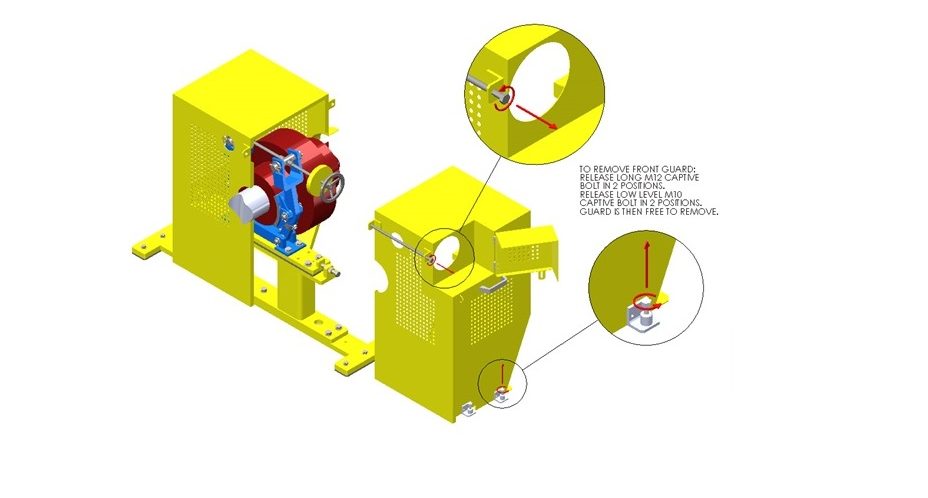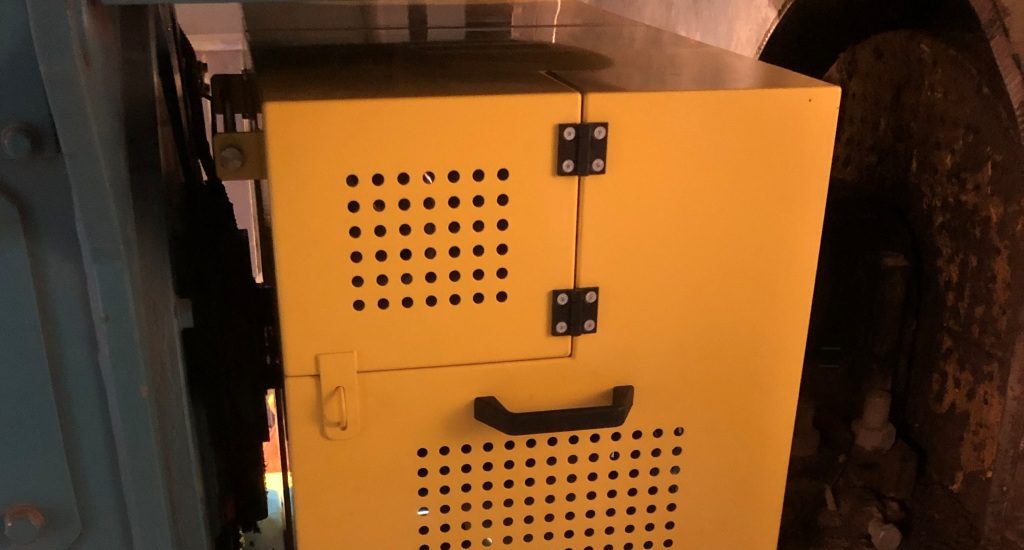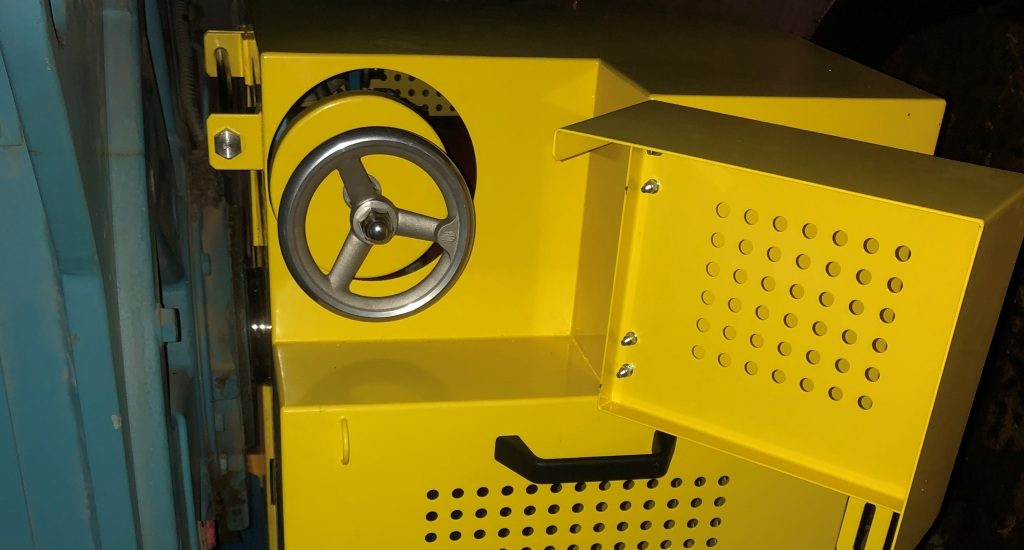Epsilon Engineering will design Machine Guards to current Internationally Accepted Standards:
BS EN ISO 14120:2015 Safety of machinery. Guards. General requirements for the design and construction of fixed and movable guards
This standard aims to protect people from mechanical hazards relating to fixed and moveable guards. Guards can help protect against dangers/accidents occurring with unintended access or ejected parts and substances. Guarding can also give protection against others hazards such as noise, fire, biological hazards and radiation
BS EN ISO 12100:2010 Safety of machinery. General principles for design. Risk assessment and risk reduction. This document sets the international standard for machinery safety. It gives you the tools to design and develop reliable equipment that remains fit for purpose throughout its lifecycle. BS EN ISO 12100 outlines the general principles of machinery safety and risk assessment and management. This framework helps you identify and eliminate hazards at different stages of the machinery’s lifecycle and avoid costly accidents.
BS EN ISO 13857:2008 Safety of machinery. Safety distances to prevent hazard zones being reached by upper and lower limbs
One way to reduce or avoid risks caused by machinery in a working environment, is to implement protective barriers or zones of reach. By putting these safety measures in place, workers will be out of reach of hazard zones, safeguarding their arms and legs. BS EN ISO 13857:2008 focuses on equipment safety and occupational safety by specifying safety distances to protect the upper and lower limbs of workers. These best practice recommendations include body dimensions, length, machine guards and barriers or holes.
BS EN 614-2:2000+A1:2008, Safety of machinery. Ergonomic design principles. Interactions between the design of machinery and work tasks
This outlines the mental and physical relationship between operators, equipment and devices.




